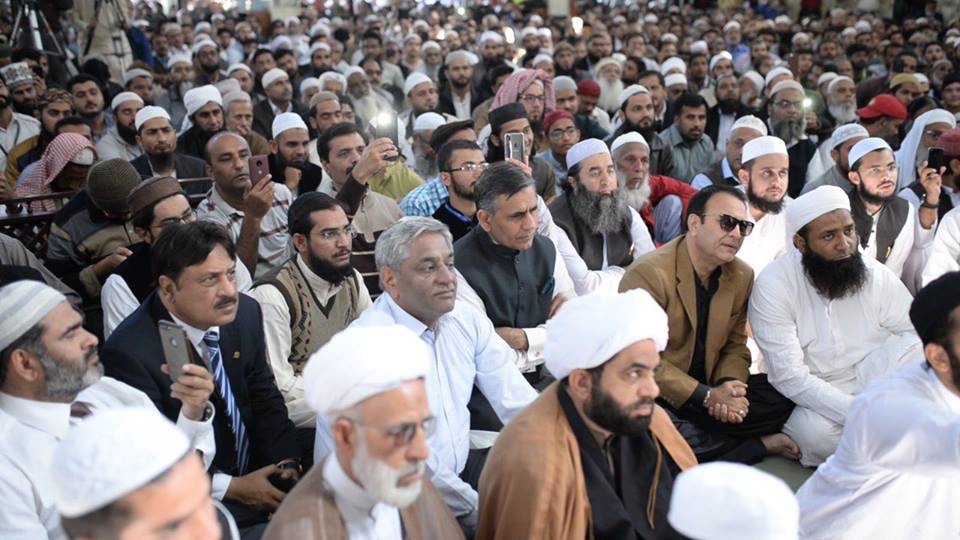Commercial Aviation is about turning distance dynamics into economic opportunity. It must thrive on an existing opportunity or identify a potentially viable opportunity and stimulate it by inducing movement, which creates other multiple, productive chances. In the end you create a direct, indirect and induced economic education and consequently technological trend in a grid of airport environment that speeds progress in a trove of diverse jobs and business opportunities.
So the question is,
Why has Pakistan Aviation industry continued to shrink to such a miserable spectacle when around the globe it has expanded at rapid economic pace?
- Air Sial to add Airbus A320s into its fleet, adds flights to Riyadh
- Indigo flight from Jeddah diverted to Karachi after a medical emergency, a passenger was found dead upon checkup
- Caretaker Government of Pakistan plans to “gradually shut down” Pakistan International Airlines
- Zara Airways: The story of an airline on paper that dreams of starting flights from Canada to Pakistan
- Ethiopian Airlines resumes flights to Karachi after 19 years
Aviation sector economy was never technically understood, neither have we proved to be prudent as to be able to grasp the complexity of the Aviation-Integrate-Resource and the application to our opportunity environment. Plain English? From human factor to Aviation economy sense, we lack basic management knowledge.
Our belief system commences with our faith that no one knows Aviation better than the Air arm officer, or the civilian CEOs or DGs….either PhDs, CAs, business tycoons or Civil Servant, that’s where we start to go down spiralling.
A Military Aviator comes with his own creed, they too feel that their knowledge of the system is nearly impeccable. However, one can understand that a military aviator will have lived his entire experience with resource provided to him to win wars, not to turn his asset into economic activity exactly. He mindsets into that belief so completely, that it builds him a near unbeatable faith that he is the finest in the trade of any aviation. Things go south when he is tasked to set things right in the civilian Aviation sector.
On that civilian hand, you have the civilian counterpart as mentioned. They are a different breed who are not remotely connected to the air beyond that airline ticket and perk, and when the end result is the same, doesn’t matter who you might have. I mean who the heck builds an airport in 2 decades.
Aviation sector economy was never technically understood, neither have we proved to be prudent as to be able to grasp the complexity of the Aviation-Integrate-Resource and it’s application to our opportunity environment. Plain English? From human factor to Aviation economy sense, we lack basic management knowledge.
The NATIONAL AVIATION POLICY 2015, a bandied about instrument, said to have been prepared at the Embry Riddler Aeronautical University, US, I am sure well intentioned, to look after the sector, fritters into being totally regulatory in nature. It falls short on the science of distance dynamics and opportunity environment and you can give it that since it was authored by ‘experts’ who had no clue as to the ground reality of Pakistan, and there are quite many of those realities begging to be considered. And this policy was civilian mindset by the way.
Resultantly, a major airline crash happened, fake degrees were used, a functioning airline was senselessly shut down, PIA continued to go bland, worst practices were followed, multiple careers were destroyed, people were rendered jobless, aviation as a whole persisted down the path, drunk pilots were found onboard and whistleblowers were punished. If the NAP2015 had been slightly meaningful it would have prevented the collapse of Shaheen Air much before their bills swelled beyond their ability to pay up, PIA would have been a solid organization, quality Flight training would have come in lower costs. Airport Cities would have have been our economy. There would be a world of Pakistani airlines flying our airways.
Elsewhere Aviation flourished and diversified creating jobs and quite and impressive economic grid, in Pakistan the sector has consistently taken the path normally reserved for falling bricks.
Finally beyond knowledge and experience, if we had schooled into Aviation like other nations, not big ones, say the tiny ones, Rwanda for example, whose sole airline fleets more planes (latest ones) and bigger destinations than Serene’s and Air Blue’s combined total and number more than half of PIA’s older fleet, for just 11 million people, we wouldn’t have reduced ourselves to less than 100 airplanes total (General and Sport Aviation including ultra & microlight and airlines combined), for 220 million people. This when we have some really competent minds at the Civil Aviation Authority and elsewhere in Pakistan.
There’s something we are not doing right; or what we are doing is not right.

